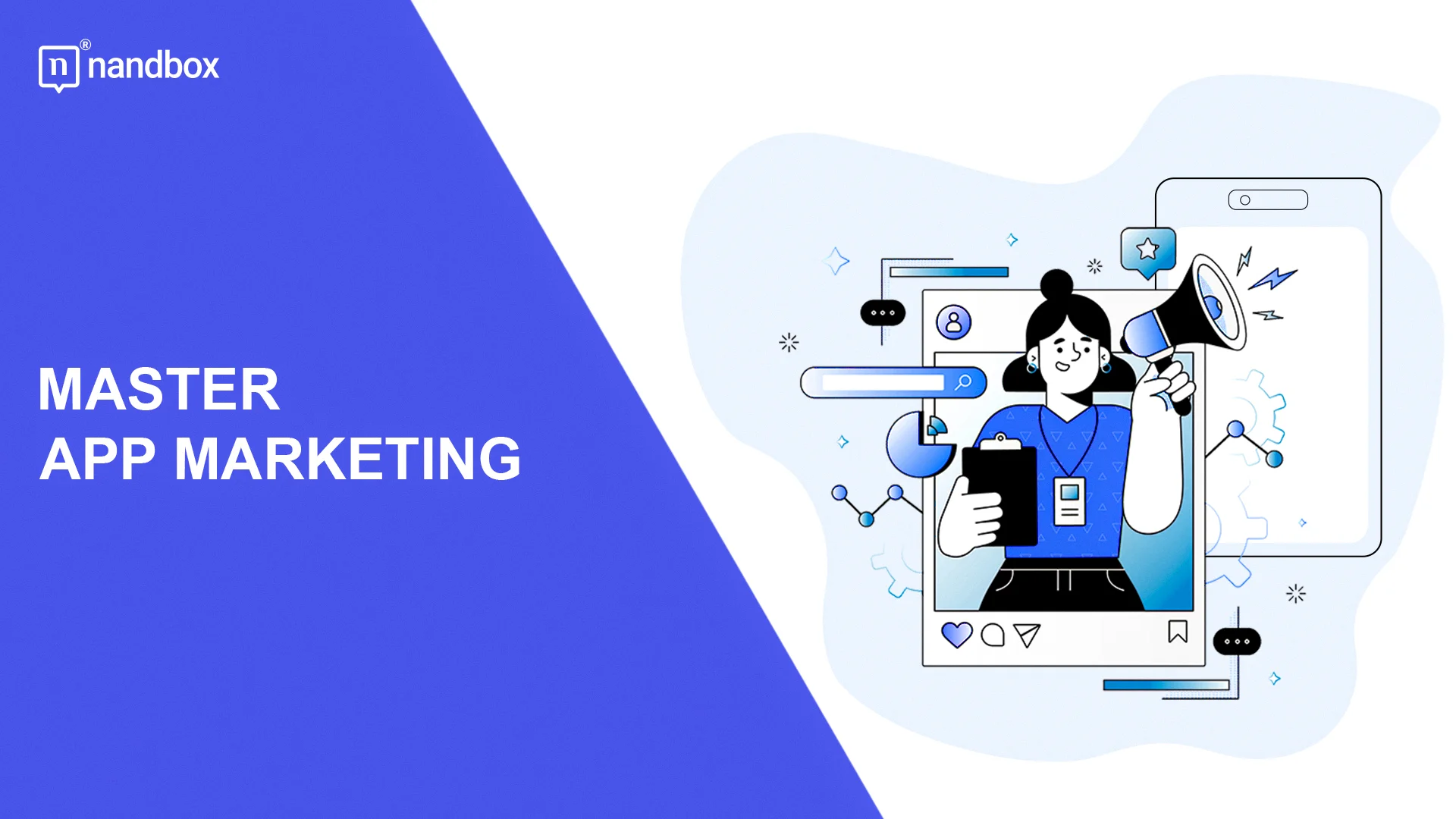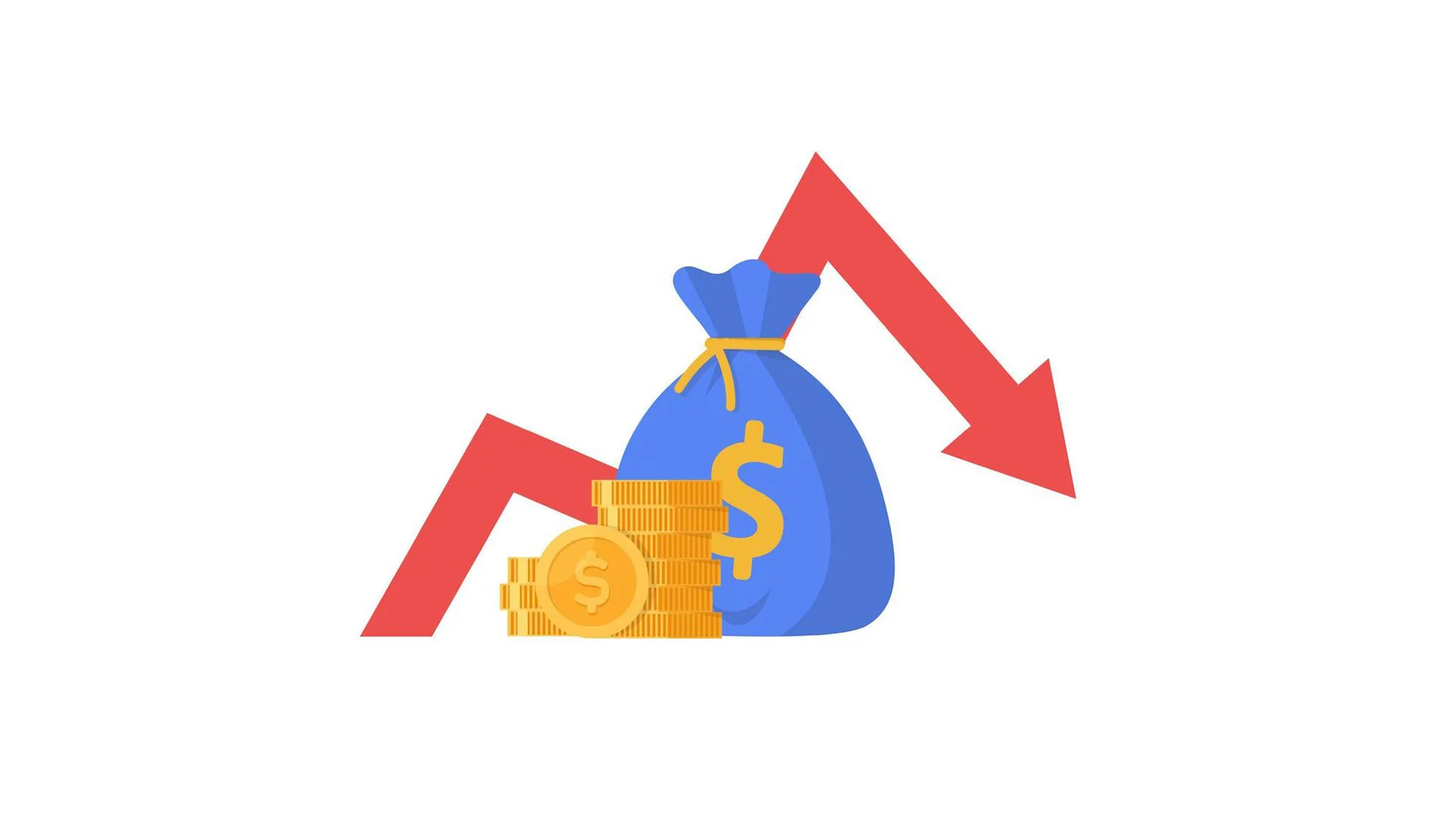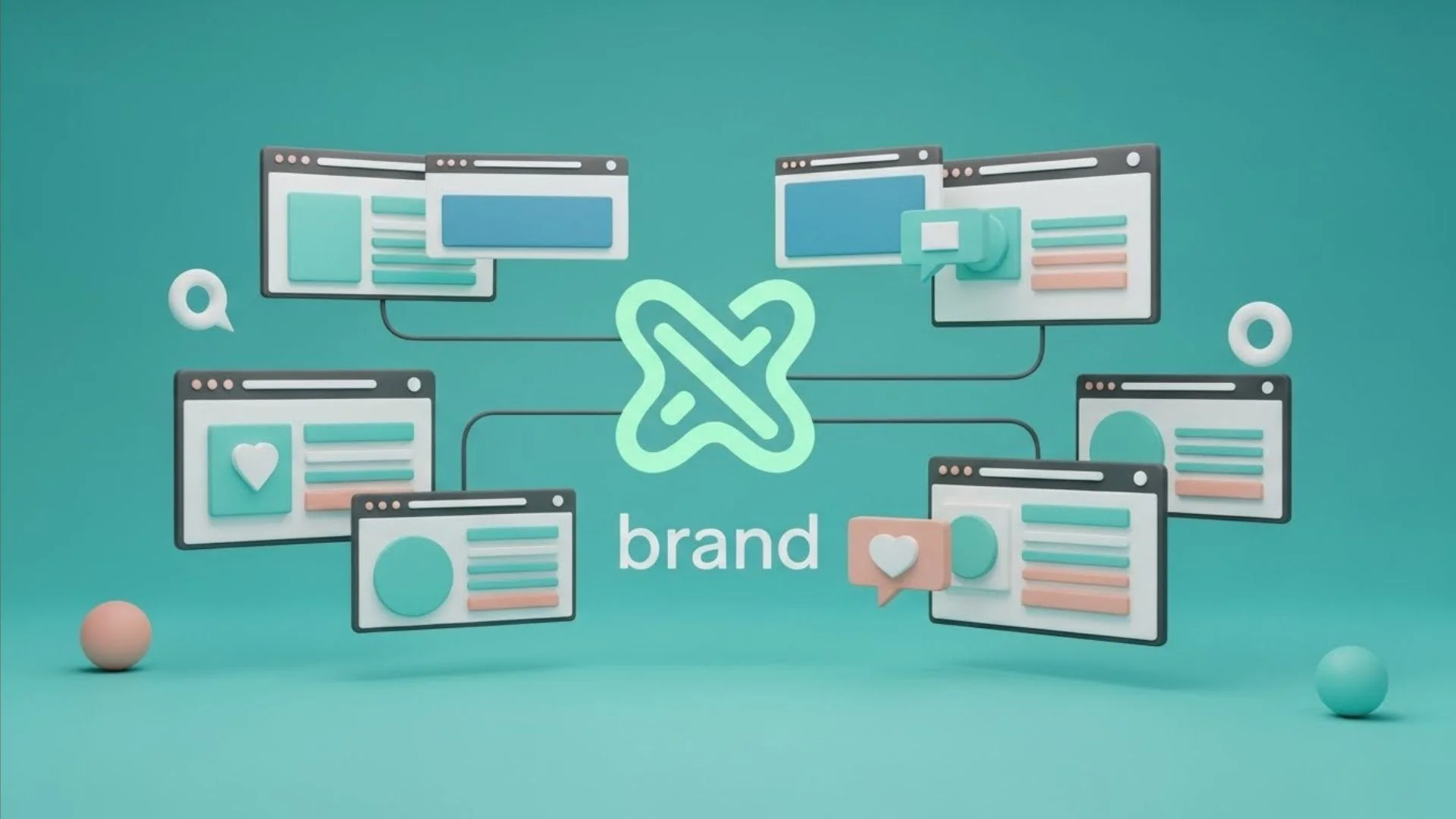When properly thought out and implemented, mobile marketing tactics can successfully steer clear of typical blunders that impede performance. Since smartphones are now more popular than PCs for accessing the Internet, digital marketing specifically for smartphones has grown significantly. Users may easily browse, shop, check emails, and interact on social media regardless of their location or the time of day, thanks to the convenience of modern cell phones. Knowing and avoiding common errors is essential to ensuring a strategy produces outcomes.
Over-Promising
A business may have a great app idea but not have implemented the functionality. They may also promise innovative features that no other software offers in an attempt to create buzz. Nonetheless, in order to properly promote an app, marketers need to be accurate and truthful about its features. App shops let users post ratings, and if people download an app after reading inflated claims and are let down, they might post a bad review. This may discourage prospective users from downloading the software.
Failing to Optimize an App for Platforms
A frequent pitfall in app development in recent years is failing to tailor the app for multiple platforms, such as Android and iOS. Each platform comes with unique requirements, and neglecting to optimize for both can result in technical glitches or subpar performance. Decide whether to create a native app, web app, or hybrid app based on your project’s specific needs. For very simple apps, starting with a pre-designed template can suffice. However, the more customization your project demands, the more effort it will require, though the results will likely be more rewarding. Outsourcing companies like Bizango can help with your marketing, copywriting, design, and other tasks.
Lack of Promoting Ongoing Engagement
Promoting an app to increase downloads is a smart place to start, but businesses don’t gain much from customers who merely download and don’t interact with it. To build long-lasting partnerships, marketers should focus on strategies that encourage consistent app use. Long-term use can be promoted by informing users of new features and offering them exclusive deals or incentives through the app. Retaining users on the platform and preventing their departure is the ongoing objective of app marketing.
Insufficient Planning
Starting a project without enough planning is one of the major hazards in app development. To guarantee a solid foundation, it’s critical to define your app’s goals, pinpoint the intended user base, list the essential features, and plan for launch.
Many developers underestimate the time and costs involved, neglecting to account for every stage of the process, from initial concept to ongoing maintenance after launch. Developing native apps demands a different budget compared to pre-designed templates, so careful consideration of the project’s scope and resources is essential for success.
Absence of a Marketing Strategy
Without a defined marketing plan, launching a mobile app might be a lackluster experience. A strong strategy for app promotion and audience engagement is just as important to success as flawless creation. Assuming the app will market itself is a common mistake. Use social media tactics, app store optimization, and advertising efforts to steer clear of this. Make articles and specific blog pages for your website as well. Investigating advertising initiatives on unconventional channels like TikTok and Twitter can also be very successful. Keeping an eye on reviews on the web, in app stores, and on social media, as well as giving careful consideration to criticism, are equally crucial.
Low Budget
Before beginning the app development process, create a detailed cost breakdown, keeping in mind that overestimating expenses is better than underestimating them. Obtain quotes from multiple sources to gauge the overall cost, as common patterns will emerge. The total cost is largely influenced by the features you want in your app and the platform you choose. Define and commit to these decisions early, as any changes later can significantly impact your budget. Development may take longer than expected, and you might need to bring in additional professionals such as developers, designers, or marketers to achieve your objectives. Set aside a budget for post-launch maintenance, as ongoing updates and marketing expenses can accumulate over time.
Neglecting Personalization
The quality of your mobile application and the user experience it offers should serve as the cornerstone of any future marketing campaigns. This requires completing thorough research on your target audience and establishing an open, two-way conversation with them. The fact that your product meets the needs of every individual user and offers exceptional customer support ought to be immediately apparent. Your marketing campaign should reflect this commitment, ensuring excellent standards without getting lost.
Customization strategies can be applied in a number of ways. For example, audience segmentation enables companies to target the appropriate customers with their goods or services. Groups with similar demographics or user segments based on online habits and interests are the main targets of modern mobile app marketing. This approach is both simple and effective, already leveraged by industry leaders like Amazon and Netflix, as well as smaller companies looking to craft tailored marketing campaigns.
Selecting Too Many Platforms
Selecting multiple platforms can significantly increase both the time and cost of development since each requires separate work. The most common choices are iOS and Android, so evaluate the pros and cons of each based on your app’s purpose and target audience. Factors like technical requirements, costs, design considerations, and user location should all be taken into account. A development team can help guide this decision, and focusing on a single platform initially can save both time and money. It’s best to launch on one platform first and expand later if the app proves successful. If you plan to scale in the future, inform your development team early so they can implement strategies to simplify the transition.
Excessive Features
Apps that are successful emphasize simplicity. An app that has too many functions may appear cluttered and unproductive. Because a jack of all trades is frequently a master of none, users must grasp its function right away. With countless apps available, yours must have a clear and specific function. Users are likely to give up and remove it if they are unable to rapidly understand its usefulness. Determine your app’s unique selling point (USP) as soon as possible, highlighting the key features that set it apart from competitors. You can ensure that your app remains useful and relevant by engaging with your users to identify the most advantageous features.
Endnote
Despite the fact that developing a mobile application can be challenging, success hinges on avoiding common mistakes. By prioritizing meticulous planning, delivering an exceptional user experience, and implementing a solid marketing strategy, you may thrive in the fiercely competitive mobile app industry.
nandbox App Builder
Staying unique in a saturated market depends on properly marketing your software. Using a combination of tactics like search engine optimization, influencer relationships, and social media promotion will help one to succeed. nandbox App Builder is a fantastic tool for expediting the process. This platform lets you easily construct your app and offers built-in tools to support marketing initiatives. Whether you want to include your audience through push notifications, loyalty programs, or direct marketing, nandbox lets you rapidly develop a completely working app that effortlessly interacts with your promotional plans. It’s the ideal basis to guarantee your app is noticed and draws the appropriate users.






